2013-09-05
Doctors successfully operate on 36-hour infant
A 36-hour-old infant was put under the knife successfully to correct a serious birth defect called bilateral choanal artresia at Mangala Hospital here. A team of physicians headed by Dr Gautham Kulamarva, ENT surgeon, Dr Murli Keshava, neonatologist and Dr Ganapathi, anaesthesiologist, performed a trans nasal endoscopic surgery for the problem and corrected the birth defect in this child, Dr Gautham Kulamarva said.








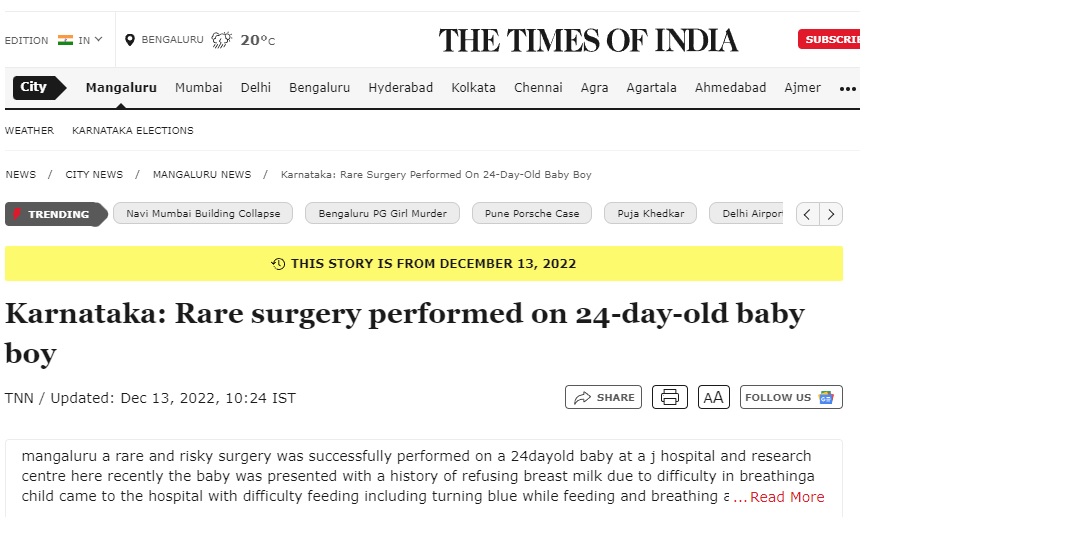
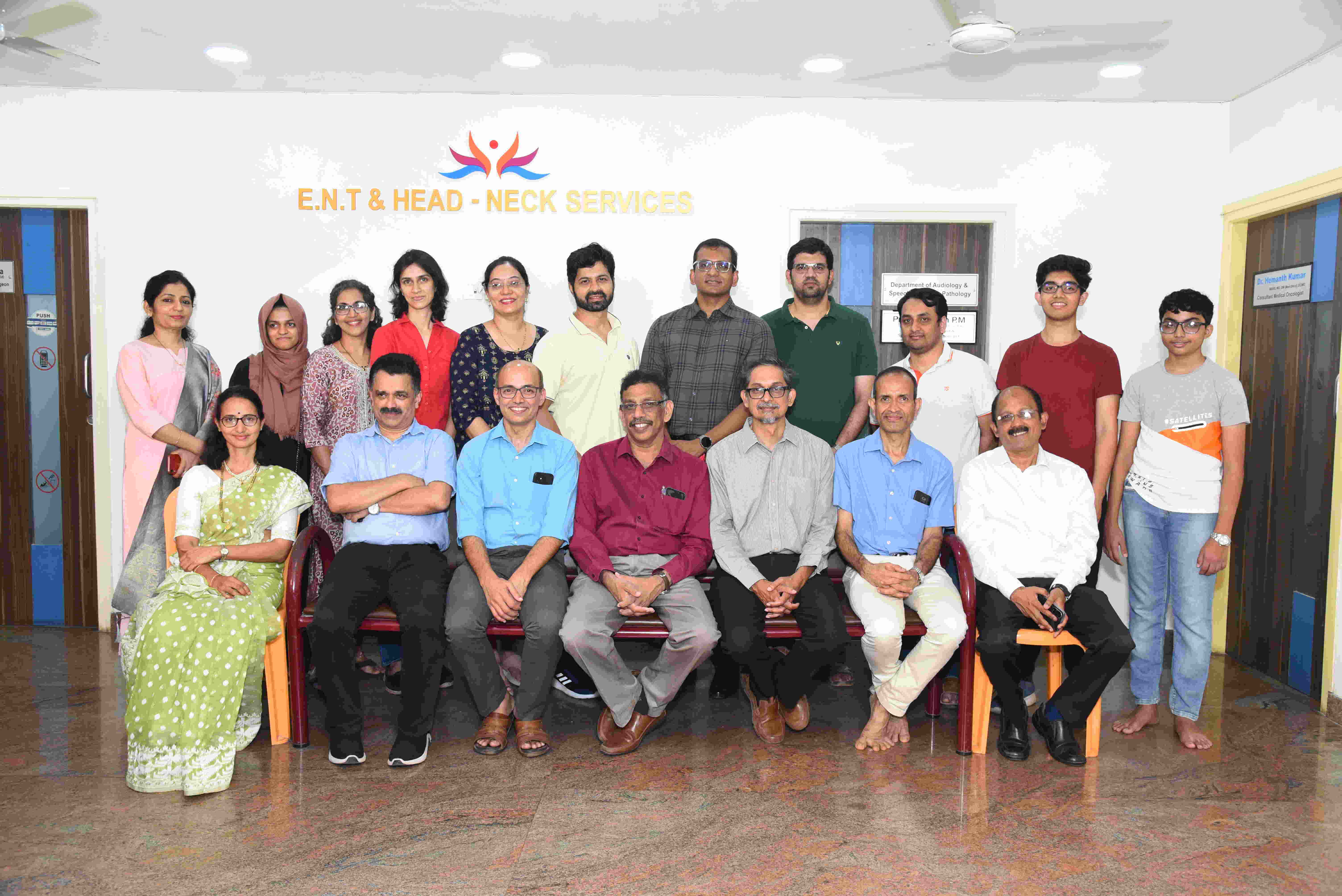
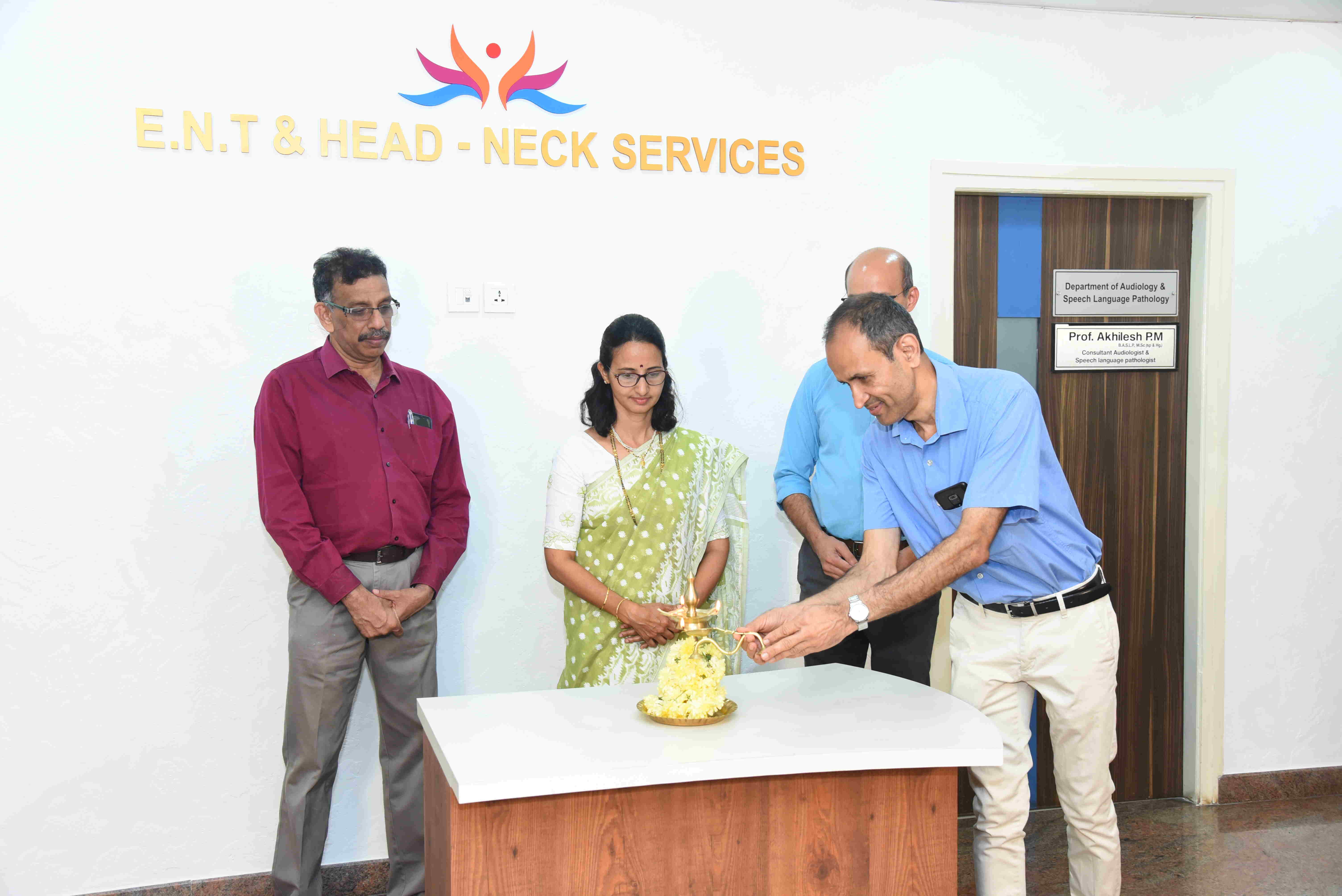
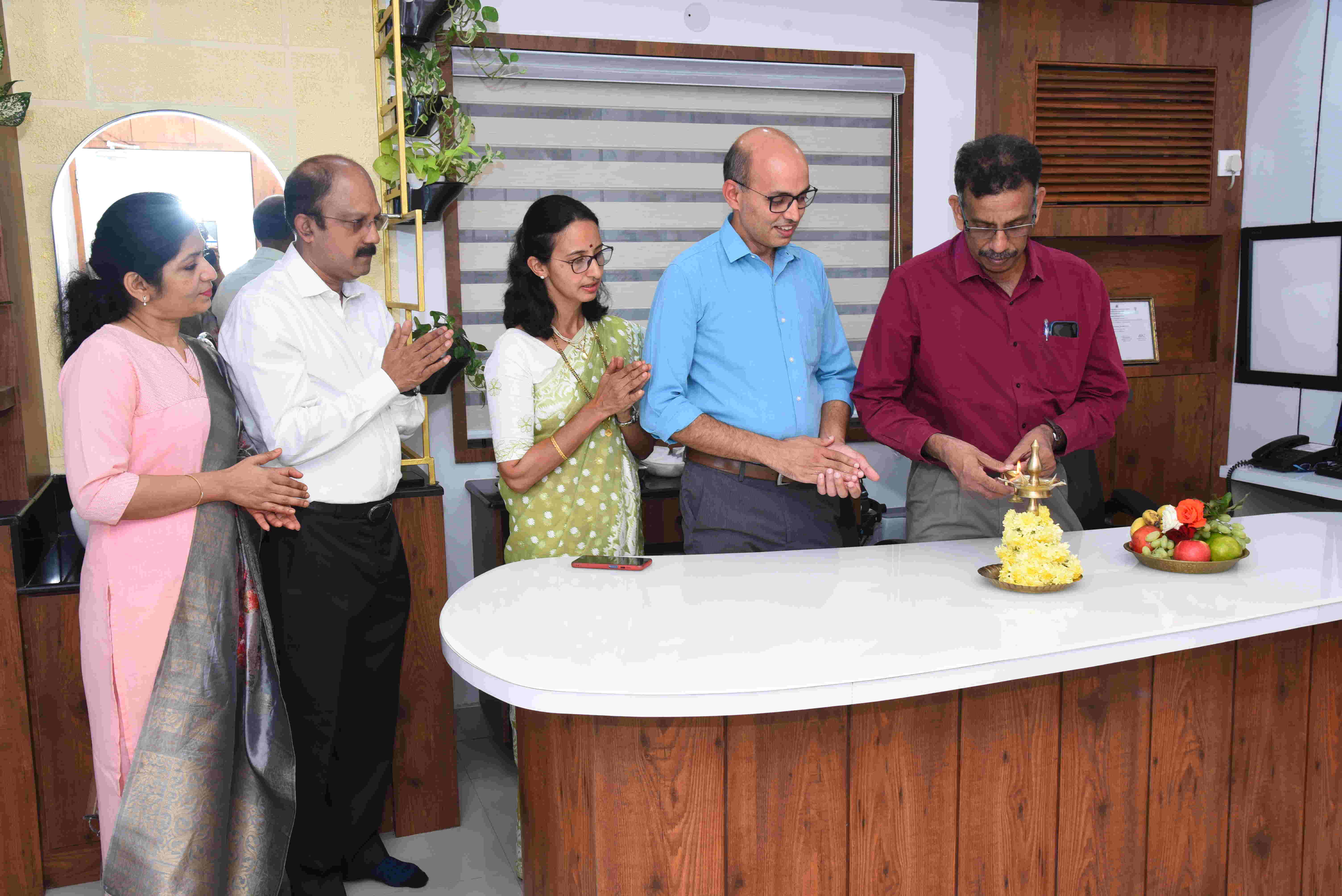
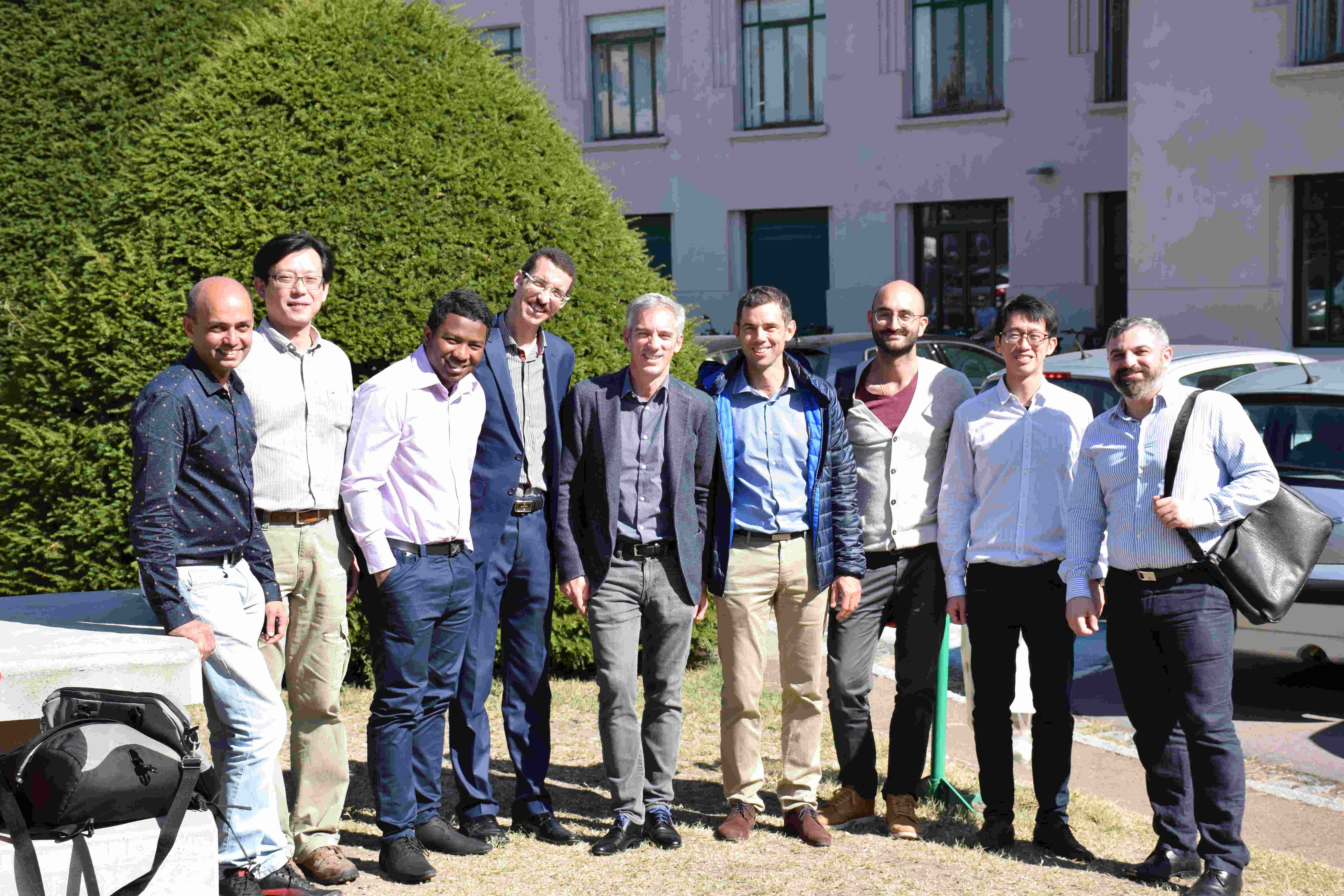




.jpg)